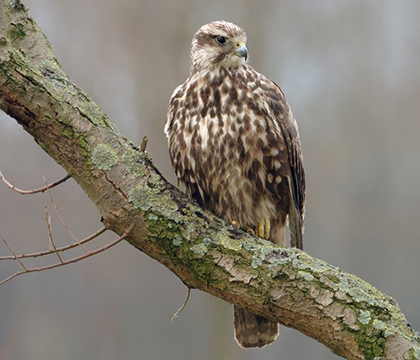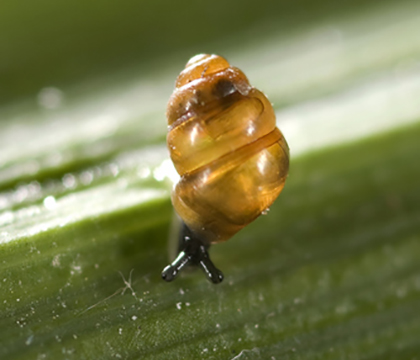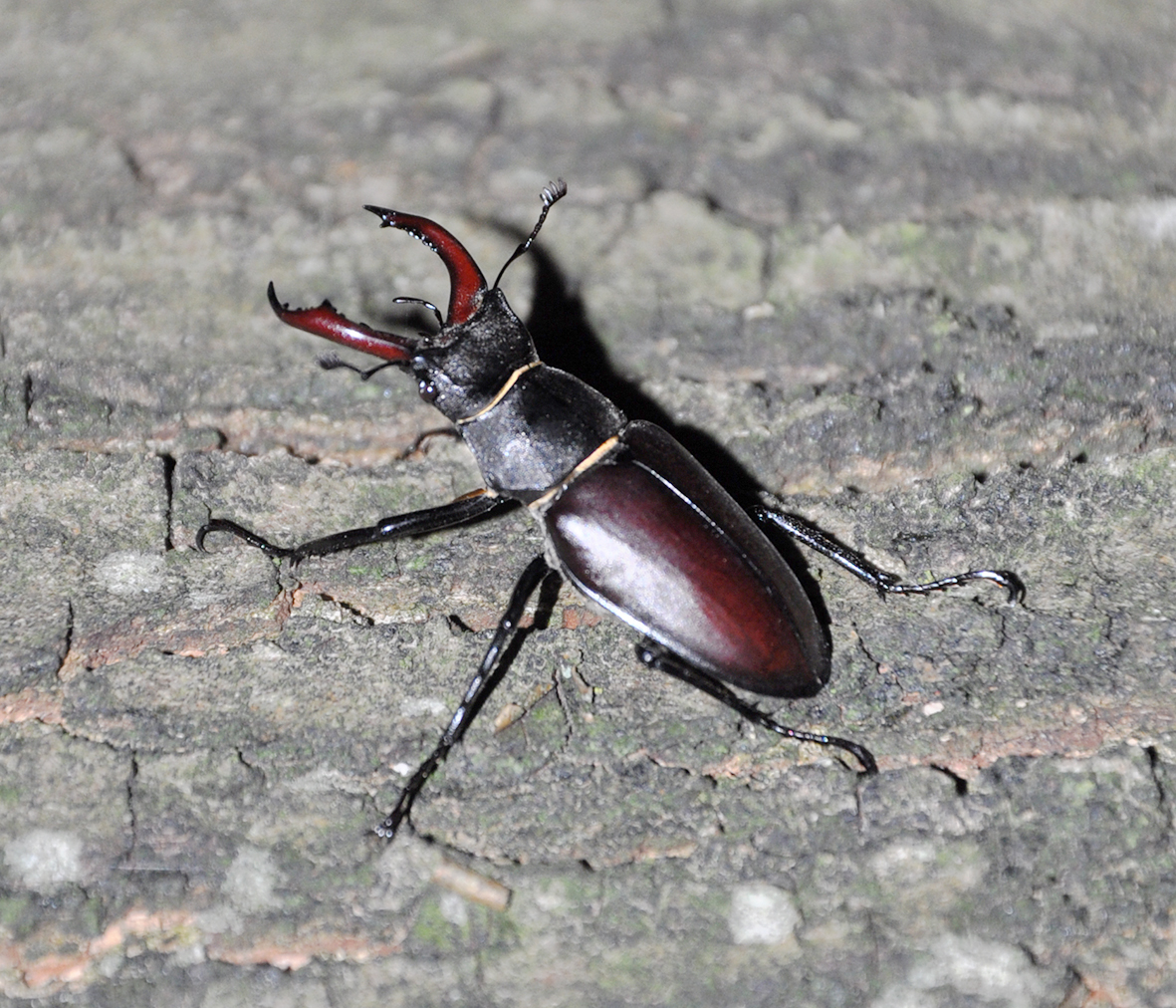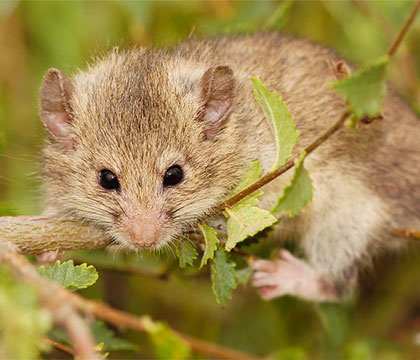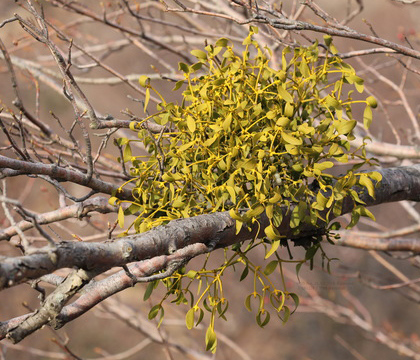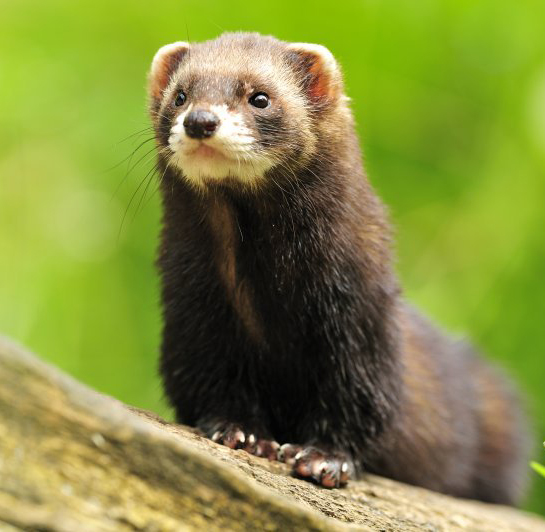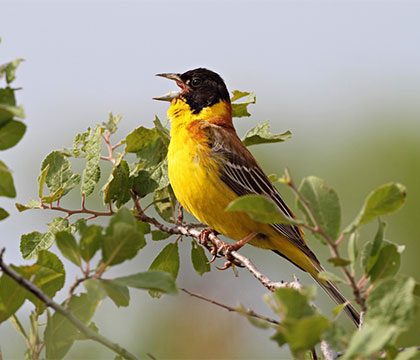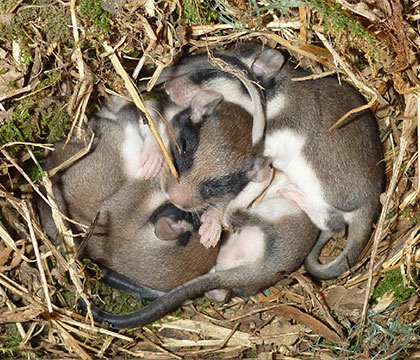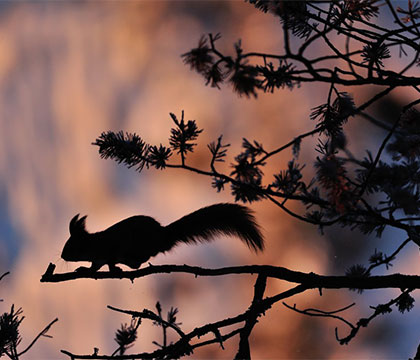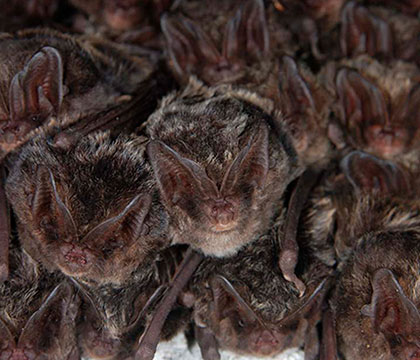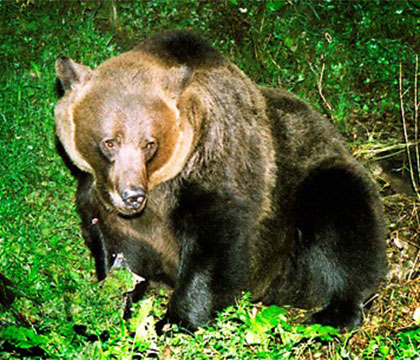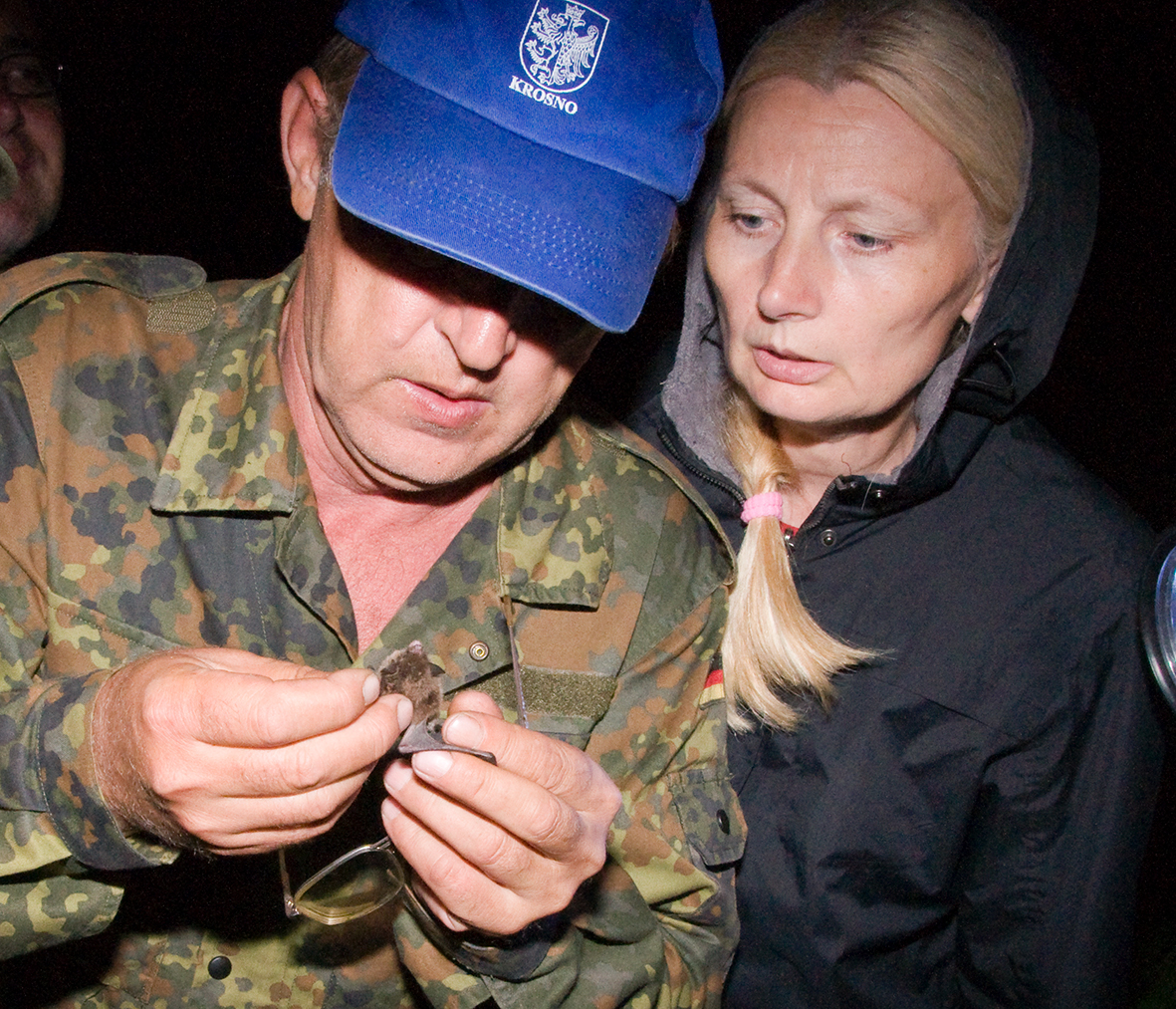Projects
LIFE for falcons
The Saker falcon has been uplisted by IUCN to globally ‘Endangered’ in 2012 due to an estimated decline of about 50% of the global population within the last 20 years. In Europe, the species has declined markedly since 1945, its historical range becoming severely reduced and fragmented. The main goal of this project is securing the recovery of the endangered Saker falcon (Falco cherrug) in Bulgaria and Southern Romania. The project is an initiative of the Bulgarian Society for the Protection of Birds. The contribution of The Habitat Foundation mainly consists of bringing in our knowledge about small mammals, the prey of the Saker falcon. The Habitat Foundation has an extensive network of contacts with mammal specialists in Europe.
GBIF Viewer
This project will develop a user-friendly software: the GBIF Viewer. The GBIF Viewer will produce a map with the locations of sightings of species. The easy extraction of data from GBIF, combined with the species conservation and legal protection status will enhance the use of GBIF data for conservation, policy, governance and development, and facilitate decision-makers to adequately incorporate biodiversity and nature in their management and planning.
Biodiversity data from the Balkans to GBIF
The region of the Balkans is identified as a European biodiversity hot spot. However, the biodiversity in the Balkans is threatened by the accelerated expansion and intensification of land use by humans. Reliable data on species occurrence is needed for evidence-based conservation and management and further research on the biodiversity in the Balkans. Unfortunately, the geographically referenced species occurrence data from the Balkans is scarce. Baseline data on many groups like mammals, insects, plants, reptiles and amphibians are absent. This project aims to make georeferenced biodiversity data available, enabling nature-inclusive development and evidence-based actions to protect (threatened) species and nature in general.
Saving Europe's rarest dormouse
In Europe, 5 dormice occur – Garden dormouse, Fat dormouse, Hazel dormouse, Forest Dormouse and the Mouse-tailed dormouse (Myomimus roachi) - one of the rarest rodent species in the Western Palearctic, possibly the rarest mammal species in Europe. It occurs only in a small area in Bulgaria and Turkey and several isolated locations in western Anatolia. Maybe it occurs also in Greece. But that is uncertain.
Biodiversity data from Ukraine to GBIF
Ukraine is one of the largest countries in Europe (603,628 km2), yet digital georeferenced biodiversity data for it remain scarce and hardly accessible. GBIF currently contains only about 193,671 georeferenced occurrence records from Ukraine, and most of these records have been provided by other countries. Lack of a reliable source of standardized biodiversity data from Ukraine not only hinders biodiversity research, assessment, and conservation at the national level but also limits Ukraine’s participation in developing and implementing international and national nature conservation policies and practices.
Mustelids in the Balkans
Although ten different native mustelid species occur on the Balkan peninsula, little information about their ecology is known. More knowledge is vital for the understanding and protection of the species. Therefore, the Habitat Foundation set up a platform where researchers, ecologists, volunteers and enthusiasts can combine their strengths for the mustelids. The platform will be called Research and Conservation of Mustelids in the Balkans (RCMB).
Bird survey in SE Europe
Three climate zones meet in Southeastern Europe. Together with the many mountains, deep valleys, large rivers (Danube), sandy beaches, rocky coasts and ancient oak and beech forests, this area is home to many plant and animal species. Much of nature here is still untouched. Hens, it is not surprising that many species are found here that are missing or rare elsewhere in Europe. For some species of mammals and birds, Southeast Europe is a source from which the rest of Europe can be recolonized.
International Dormice Conference
Every three years, scientists, conservationists, naturalists and volunteers gather to exchange knowledge and experience on dormice (Gliridae). In 2022, The Habitat Foundation, together with the National Museum of Natural History in Sofia, Bulgaria, organises this gathering, also known as the International Dormice Conference. This year is the 11th edition and it will take place in Svilengrad, Bulgaria, in the centre of the realm of Roach’s mouse-tailed dormouse (Myomimus roachi).
Discover the mammals of Europe
A quarter of the 264 resident mammal species in Europe are threatened or nearly threatened. More than a quarter (27%) of them have declining populations, 32% are stable, and 33% are of unknown population trend. Distribution, occurrence and trend information, supported with reliable field data, particularly on small mammals, is absent in a large part of Europe. The knowledge and capacities to study and monitor the mammals in Europe are far from optimal.
Europe still struggles with political, demographic and economic challenges. Biodiversity research and protection is recognised as an important item but is not among the priorities. Strong lobby groups divert the attention away from biodiversity study and nature protection. These negative trends, both in mammal populations as human attitude, have to come to a halt.
Bats in Belarus
On behalf of The Habitat Foundation, three bat experts went to Belarus in 2010 to assist with the counts of bats in hibernacula (winter resting places) in the fortresses of Brest. An experience to remember, because more 3.500 Barbastelle hibernate here, possibly the biggest group in Europe. But probably this is the only that is known about bats in Belarus. The Belarusians know that about 19 species of bats live in their country, but about the distribution and the habitat use of these bats in summer little is known. Maybe species from abroad come here to breed?
Carnivores and infrastructure in Romania
The Carpathian Range is one of Europe’s last bastions for large and awe-inspiring carnivores. Of the total estimated large carnivore populations in Europe, Romania harbors 39% of brown bears (6,000 animals), 35% of wolves (2,500 animals) and 21% of Eurasian lynx (1,200 animals). But part of the Carpathian populations are threatened. A narrow strip of suitable habitat connects the Apuseni Mountains with the Southern Carpathians of Romania. However, new planned transport infrastructure, industrial developments and on-going unsustainable exploitation of natural resources are threatening to increase habitat fragmentation and to completely isolate the Apuseni Mountains.
Building capacities in Eastern Europe
Southeastern Europe is among the regions in Europe with the highest number of mammal species. It harbours core populations of endangered species and is the source of some species for the rest of Europe (see the expansion of wolf, lynx and bear from E-Europe to W-Europe). It is more than worth putting effort to preserve this species diversity and learn more about the mammals’ biology and the factors threatening their persistence.

